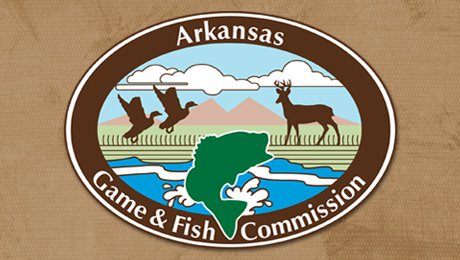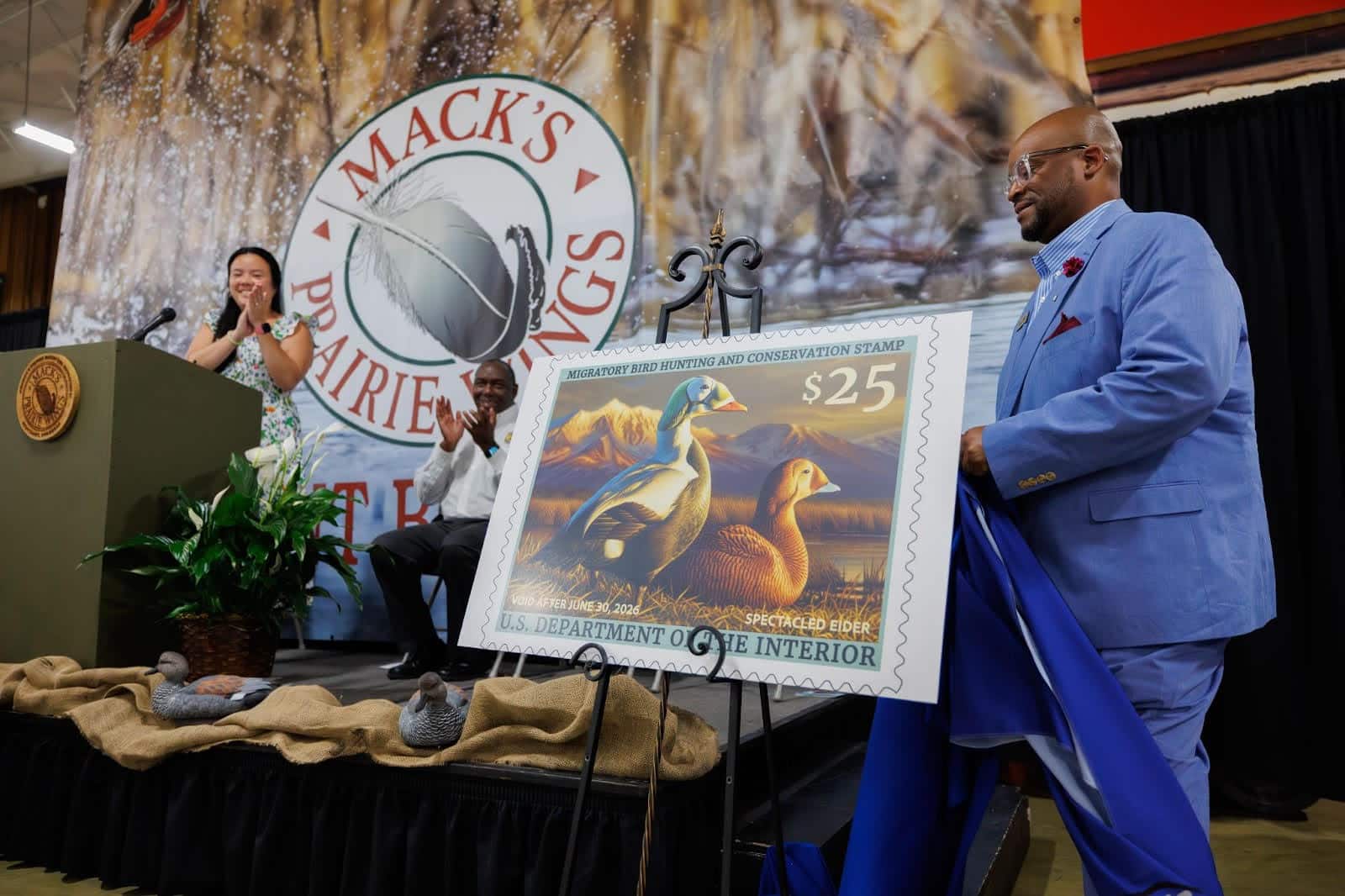Commission hears update on white-nose syndrome in Arkansas bats
ON 11-16-2017

Nov. 16, 2017
Randy Zellers
Assistant Chief of Communications
LITTLE ROCK –Blake Sasse, nongame mammal program coordinator for the Arkansas Game and Fish Commission updated Commissioners at today’s regularly scheduled meeting on the status of white-nose syndrome, a disease that is killing bats by the millions in the U.S.
“You hear about CWD with deer, and we’re all concerned with it, but I’m equally concerned about WNS in our bats,” Sasse said.
According to Sasse, the disease actually is a fungus that grows on the bats during hibernation and causes them to wake prematurely.
“Our bats are insect eaters, and they hibernate during winter because of the lack of insects at that time of year,” Sasse said. “Waking up raises their metabolism and causes them to burn fat reserves they have for winter. They essentially starve to death as a result.”
Sasse explained that the fungus is widespread in Europe and Asia, but bats in those regions have adapted to it. Much like any non-native species, the fungus has done an extreme amount of damage to bat populations in the U.S. since its arrival.
“Ninety-nine percent of northern long-eared bat populations have been killed because of this disease,” Sasse said. “They once were about as common as a opossum in New England, now they are listed in the Federal Endangered Species Act.”
Sasse did say some populations of little brown bats have seen a leveling off of the decline from WNS, but the damage to those populations had already been as high as 90 percent mortality before that occurred.
“We don’t know if those populations will have enough individuals left to recover,” Sasse said.
As insect-eaters, bats save the agricultural industry millions of dollars in insect damage each year, as they remove some of the pests that plague certain crops. They also eat many other pests and insects that can be vectors for disease, such as mosquitoes.
At a briefing Wednesday, the Commission also voted to move forward regulations changes for trout fishing on the Bull Shoals and Norfork tailwaters. These regulations will be discussed and voted on in a special meeting at the Little Rock Headquarters on Nov. 21. People who both supported and opposed some of the regulations proposed were allowed to speak to the Commission directly and public comments from an online survey were discussed as well.
In other business, the Commission:
- Recognized Jacob Bokker and Kevin Ledford as this year’s recipients of the George H. Dunklin, Jr. Arkansas Waterfowl and Wetland Management Award.
- Recognized 10 employees with a total of 80 years of service for their commitment to the people and natural resources of Arkansas.
- Approved the AGFC’s Legal Division to seek a contract with outside legal counsel involving ongoing legal issues.
- Formally elected all new wildlife officers and other AGFC staff hired since last year as part of the requirements of Amendment 35.
- Approved the removal of outdated and obsolete inventory with an original cost of $534,709 and a current net book value of $21,401.
Recent News

Watch your wake
Jul. 2, 2025
Subscribe to Our Weekly Newsletter E-mails
Don’t miss another issue. Sign up now to receive the AGFC Wildlife Weekly Newsletter in your mailbox every Wednesday afternoon (Waterfowl Reports are published weekly during waterfowl season and periodically outside the season). Fishing Reports arrive on Thursdays. Fill in the following fields and hit submit. Thanks, and welcome!

